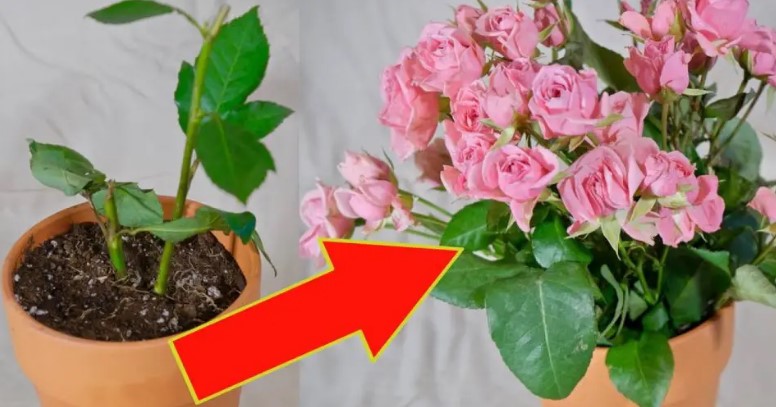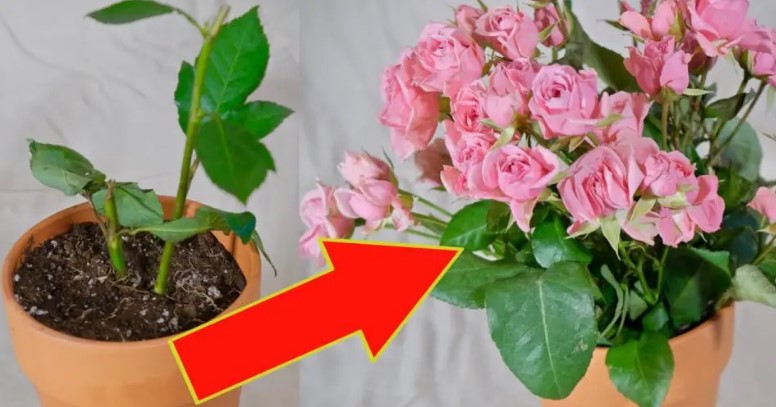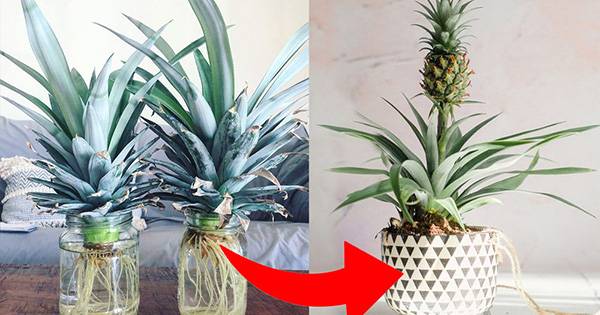The most straightforward and cost-effective way to propagate roses is through stem cuttings. This method is popular among gardening enthusiasts, offering the opportunity to acquire rose varieties not readily available in the market. Propagating roses through cuttings involves simple steps, but careful adherence to the process is crucial for satisfactory results.

Before commencing, note that old cuttings are unsuitable; they must be promptly cut and planted. Ideal cuttings are semi-mature stems, measuring 6-10 millimeters in thickness and 15-20 centimeters in length, with small shoots already present.
Once you’ve selected the suitable stem or branch, follow these steps to prepare them for propagation:
- Cut the tip of the branch with a slanted or diagonal cut just above a bud.
- The lower part of the branch should be cut horizontally.
- Remove the leaves and clean the entire branch. Optionally, remove some lower bark to enhance root development (this step is not mandatory).
- Use rooting hormones to stimulate the development and growth of new plants.
How to plant rose stems:
There are various methods for propagating roses through stems, with the traditional potting soil approach being one of them. Regardless of the chosen method, avoid exposing the stems to direct sunlight and ensure the right humidity.
- Reproduce Roses in Potatoes: After preparing the stems, insert them into a potato. Although this method doesn’t involve the use of soil, ensure proper humidity. Once roots appear, transplant the stem into potting soil.
- Reproduce Roses in Water: Place the stems in water, and a cut on the lower part stimulates root formation. Special tubes, a mix of peat, vermiculite, and perlite to absorb moisture, rooting hormones, and maintaining proper humidity are essential for this method.
- Reproduce Roses in Soil: This is the traditional method. Fill a pot with potting soil rich in peat and place the stems in it. Wet the soil, use rooting hormone, and, if it’s too hot, cover the pot while watering regularly.
Now that you understand how to propagate roses from stems, choose the method that aligns with your needs and give it a try.










